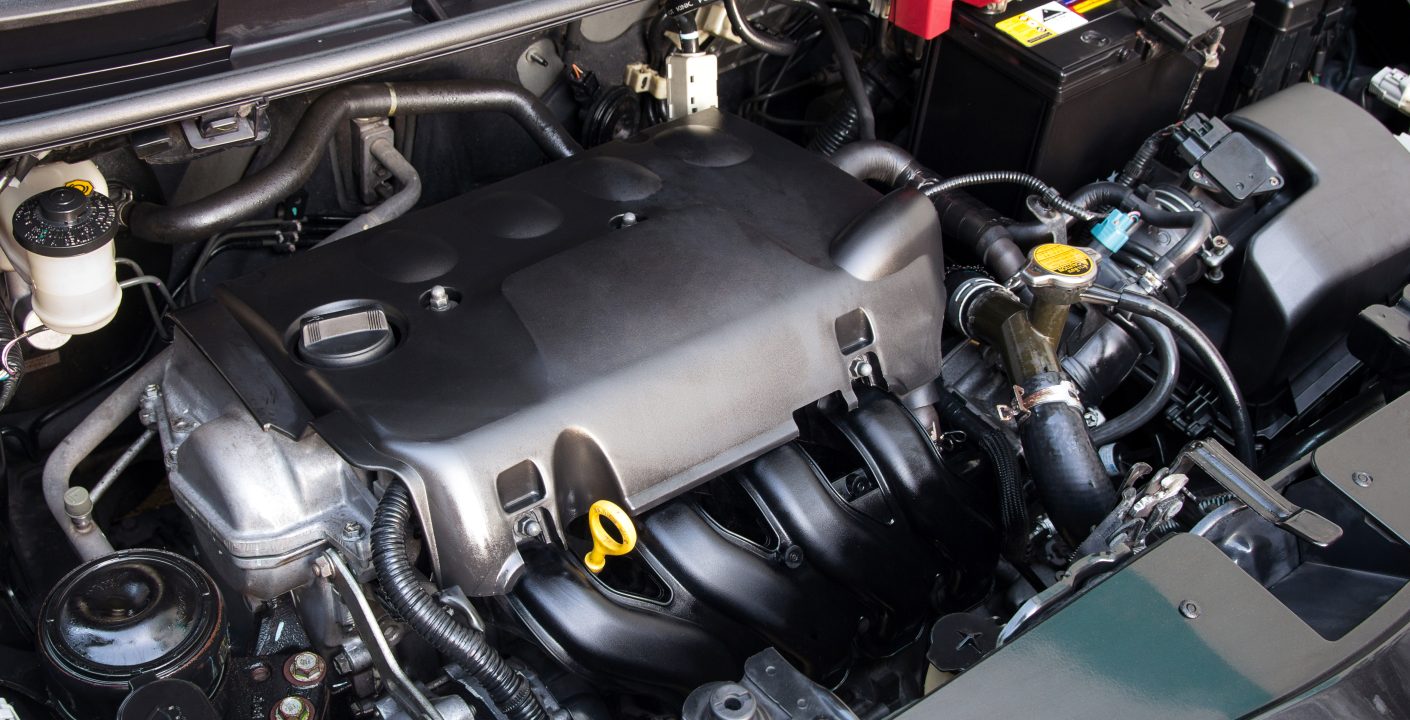The Importance of Checking and Replacing Your Car Radiator Cap

When it comes to maintaining your vehicle’s cooling system, the radiator cap often gets overlooked. However, this small but vital component plays a significant role in ensuring your engine operates at the optimal temperature. In this blog post, we’ll delve into the importance of the radiator cap, how to check it, when to replace it, and the steps involved in doing so.
Understanding the Radiator Cap:

The car radiator cap might seem insignificant compared to other parts under the car hood, but it serves critical functions. Firstly, it maintains the ideal pressure within the cooling system, typically around 15 pounds per square inch (psi). This pressure raises the boiling point of the coolant, preventing it from vaporizing and ensuring efficient heat transfer. Additionally, the radiator cap allows excess coolant to overflow into the reservoir tank when necessary, and it facilitates the return of coolant from the reservoir to the radiator as the engine cools down.
Importance of Regular Inspection:
Regular inspection of the car radiator cap is essential for ensuring the proper functioning of your vehicle’s cooling system. Over time, the cap’s seals can degrade, leading to coolant leaks and a decrease in pressure. A faulty car radiator cap can result in overheating, engine damage, and potential breakdowns, especially during hot weather or when towing heavy loads.
How to Check the Radiator Cap:
Checking the radiator cap is a straightforward process that can be done during routine maintenance checks. Here’s a step-by-step guide:
- Allow the engine to cool down completely.
- Locate the radiator cap, usually situated on top of the radiator or the coolant reservoir.
- Carefully remove the radiator cap by twisting it counterclockwise. Use a rag or gloves to protect your hands from any residual heat.
- Inspect the cap and its seals for signs of wear, cracks, or corrosion. Ensure the pressure relief valve moves freely.
- Check the pressure rating stamped on the cap to confirm it matches your vehicle’s specifications.
- If the cap shows signs of damage or wear, it’s time for a replacement.
When to Replace the Radiator Cap:
Although there’s no set interval for replacing the radiator cap, it’s advisable to do so if you notice any of the following:
- Cracked or worn seals
- Corrosion or rust on the cap
- Difficulty in achieving or maintaining pressure
- Coolant leaks around the cap
- Signs of overheating or fluctuating temperature gauge readings
Replacing the Radiator Cap:
Replacing the radiator cap is a simple task that can be completed in a few minutes. Here’s how to do it:
- Ensure the engine is cool.
- Remove the old radiator cap by twisting it counterclockwise.
- Clean the radiator neck and cap mating surfaces to remove any debris or residue.
- Take the new radiator cap and ensure it matches the specifications of your vehicle.
- Position the new cap on the radiator neck and twist it clockwise until it’s snugly in place.
- Double-check the cap to ensure it’s securely fastened.
- Start the engine and allow it to reach operating temperature while monitoring for any leaks or abnormalities.
The car radiator cap plays a key role in regulating pressure and coolant flow is vital for engine health and performance. By regularly inspecting and replacing the radiator cap when necessary, you can ensure your vehicle stays cool and reliable trip after trip. Don’t overlook this small but crucial component—keeping your car radiator cap in top condition is one of the important keys to keeping your engine running smoothly.







